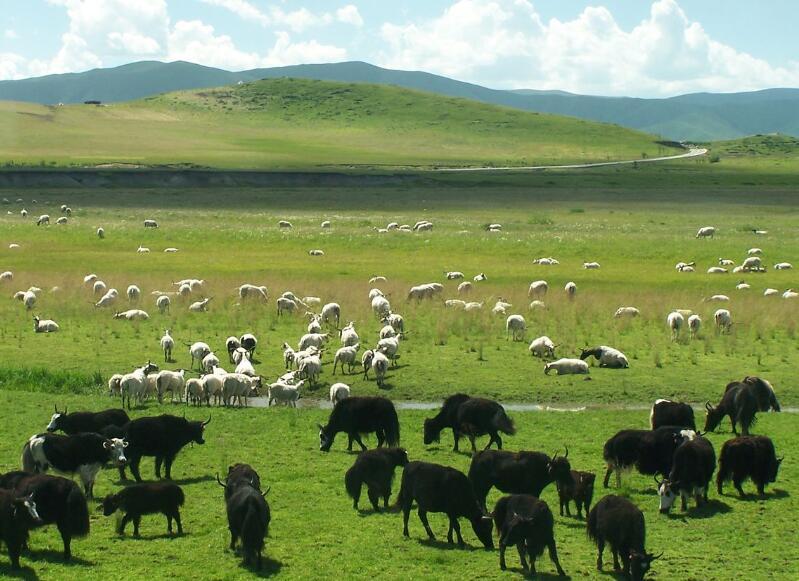-
-
-
-
Party building
Online Search
- All
- Product Management
- News
- Introduction
- Enterprise outlets
- FAQ
- Enterprise Video
- Enterprise Atlas
Agriculture and animal husbandry
2024-12-25

Refers to agriculture and animal husbandry. Animal husbandry mainly includes the breeding of livestock and poultry such as cattle, horses, donkeys, mules, camels, pigs, sheep, chickens, ducks, geese, rabbits, bees, as well as the domestication of wild economic animals like deer, minks, otters, and musk. It not only provides raw materials for industries such as textiles, oils, food, and pharmaceuticals but also offers rich food sources like meat, milk, eggs, and poultry for people's lives, and provides draft animals and manure for agriculture. Therefore, improving animal husbandry production is of great significance for promoting economic development, improving people's lives, increasing export materials, and enhancing national unity.
Agriculture is the production sector where people utilize the life functions of plants and animals to transform natural materials and energy into products needed by humanity. Currently, agriculture is divided into two main categories: crop cultivation and animal husbandry. Land is an irreplaceable basic production material in agriculture; the labor objects are mainly living plants and animals. The production time does not align with labor time and is greatly influenced by natural conditions, exhibiting significant regional and seasonal characteristics. Agriculture is the source of human clothing and food and the foundation of survival; it is a primary condition for all production. It provides food, sideline products, industrial raw materials, capital, and export goods to other sectors of the national economy. The countryside is also the largest market for industrial products and a source of labor.
Previous article:
The next one:
Telephone:
E-mail:
Address:
No.15, Zhongju Industrial Base, Yikang North Road, Wulong Sub-district Office, Chenggong District, Kunming City, Yunnan Province
COOKIES
Our website uses cookies and similar technologies to personalize the advertising shown to you and to help you get the best experience on our website. For more information, see our Privacy & Cookie Policy
COOKIES
Our website uses cookies and similar technologies to personalize the advertising shown to you and to help you get the best experience on our website. For more information, see our Privacy & Cookie Policy
These cookies are necessary for basic functions such as payment. Standard cookies cannot be turned off and do not store any of your information.
These cookies collect information, such as how many people are using our site or which pages are popular, to help us improve the customer experience. Turning these cookies off will mean we can't collect information to improve your experience.
These cookies enable the website to provide enhanced functionality and personalization. They may be set by us or by third-party providers whose services we have added to our pages. If you do not allow these cookies, some or all of these services may not function properly.
These cookies help us understand what you are interested in so that we can show you relevant advertising on other websites. Turning these cookies off will mean we are unable to show you any personalized advertising.
Copyright: Huatan Holding Group Limited
Sorry,当前栏目暂无内容!
您可以查看其他栏目或返回 首页
Sorry,The current column has no content!
You can view other columns or return Home


